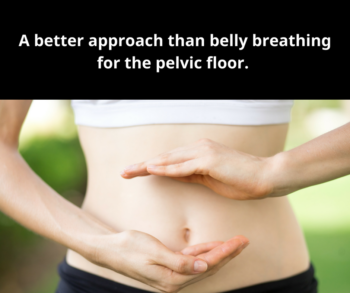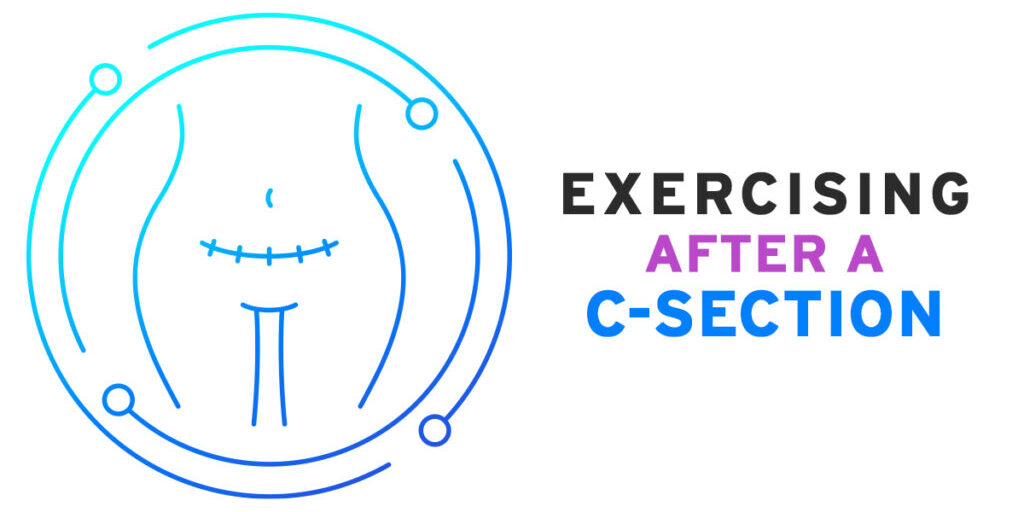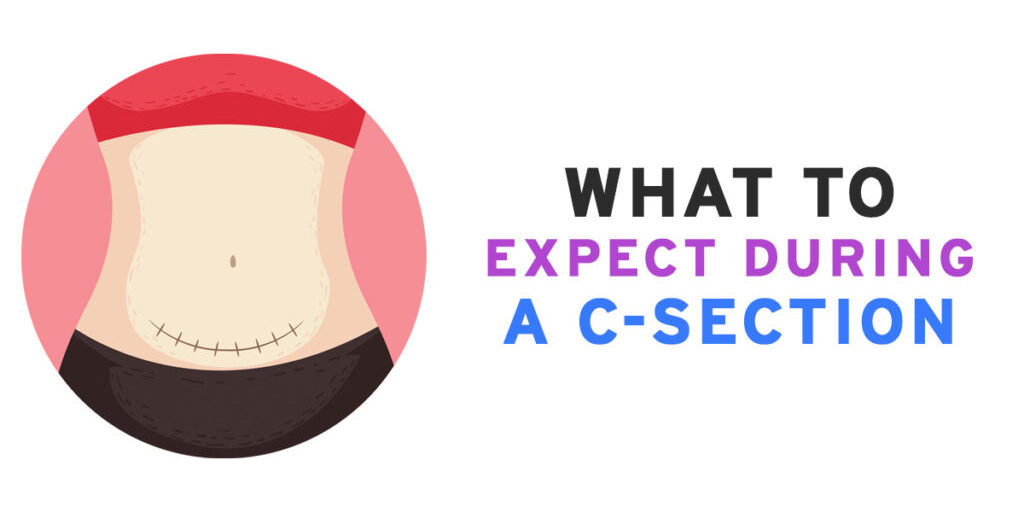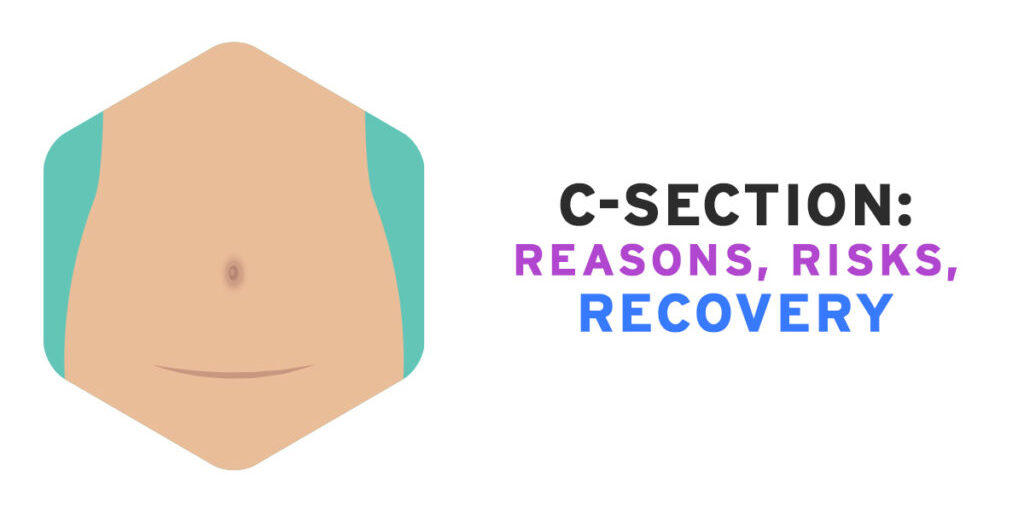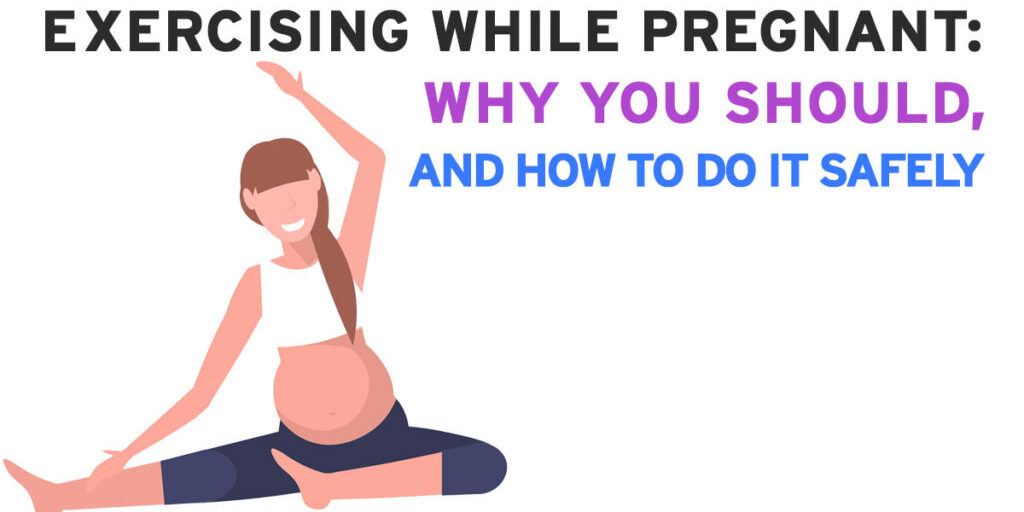A while ago I sent out an email to the perspective Postpartum Corrective Exercise Specialist students with some tough questions. Let's dive in and take a quick look at the first question to find a good starting point for her. Keep reading for a fresh perspective that might add a little controversy to mainstream advice.
Question #1
A woman contacts you to start an exercise program. She is weeks out from a prolapse repair and her doctor has cleared her for exercise. She asked for a referral to a pelvic floor PT and her doctor said no, "I've fixed everything so why would you need PT?" So, she is seeking your help to get back into exercise safely. Where do you start to make she doesn't become another statistic in the failed prolapse surgery stats? How do you progress her safely back to more intense exercise?
Answer:
I found it truly unbelievable that this woman's doctor refused to write her a script for pelvic floor PT after her prolapse surgery. Prolapse repair has an incredibly high failure rate (article on failure rates) so it seems like a no-brainer to me that these women need PT! I've found that with the right combo of strengthening and corrective exercises, I can decrease prolapse symptoms or even completely resolve the prolapse itself. (Yes, in some cases fascia can actually heal.) Considering the stats show up to 50% of women will experience prolapse in their lifetime, this is awesome news.
The same approach holds true for how we would address someone newly diagnosed with prolapse as a prolapse repair. And... if I'm on a roll, how we should address ALL women just as part of a normal exercise routine to help in prolapse prevention. This is especially helpful for those who might have a low-grade prolapse and not even realize it. The way they move, breathe and execute life can be the difference between that low grade resolving without their ever knowing about it or ending up in tears because they pushed it to a grade 2 or worse. So, if we treat women post-repair just like the preventable group, we should be able to really improve those surgery success stats. In order to do that, we need to know what to do.
So, step one. Understand that the pelvic floor is the middle of a system that all works together. It might be the person needs to fix their forward head posture, midback range of motion, or standing posture, all the way down to their arch strength. It all plays a role in how the pelvic floor responds. This can be the frustrating part because helping prolapse symptoms is not just doing kegels. It’s a full body recovery process.
No matter how the pieces need to fall in place, I always start with breathing first and foremost. Most of the women I've seen post-prolapse repair do not have good breathing habits. They are usually in a shallow breathing pattern and will often hold their breath when they do anything hard. Ok, so this is another no-brainer, we need to get women breathing. But if we take it one step further, we need to make sure they have that great 360 breath so we get some back expansion. (Stick with me, because I want to get a little more into the “why” behind the breathing and I haven’t seen this shared anywhere before.)
You understand it’s not all about belly breathing, and the reason why is because when you focus on the belly, you mostly relax the front of the pelvic floor. When relaxing the front, you can still hold a lot of tension in the back. Most women who have pelvic floor tightness are tight in the back of their pelvic floor and often weak in the front. Tightness is common with prolapse because it’s really scary to let go of the pelvic floor for fear that the prolapse will fall out or get worse. It’s almost impossible to let the pelvic floor do its thing and get great movement on breathing without a little worry. This holding and subconscious protecting can lead to pain, leaking, and of course, lack of prolapse improvement. So, if we focus on back diaphragm expansion, it targets the back of the pelvic floor. This can be a huge win for getting the pelvic floor to fully lengthen so they can finally build strength naturally in the pelvic floor muscles.
Do you see why we shouldn't be teaching these women all belly breathing?
Let’s run through a quick exercise. Sit comfortably or lie down and close your eyes. (Ok, read this first, then give it a shot.)
- Give me a big, big, big inhale filling your entire chest and abdominal cavity with air and pressure. Focus particularly on where you feel the pelvic floor lengthen. Do you feel the release run down the front of the pelvic floor like it’s traveling down a canal releasing and relaxing as it goes? Do you feel the same thing happening down the back of the pelvic floor? Releasing all the way out to the bottom of your tailbone?
- Take your hand and place it on the small of your back. Now, inhale into your hand. Pay particular attention to the inhale relaxation effect on the back of your pelvic floor. Do you feel it increase?
- Now, place your hand on your belly and give me a big inhale expanding only your belly. Do you feel the lack of pelvic floor release the more you expand your abdominals?
- So, why would we be teaching big belly breaths to those women who need to release the back of their pelvic floor to improve function? I have no idea.
Work with women and want to learn more? The Postpartum Corrective Exercise Specialist Course is being called the best course in the industry by those that have taken lots of courses. This course goes deep on the why and gives out numerous troubleshooting tips, not just standard guidelines. Learn More [Here]
When you gave me a big inhale, did it feel like you hit a brick wall with almost no relaxation effect traveling down your pelvic floor? That’s extremely common in the women I see with pelvic floor tightness. Depending on the level of tightness, you might be able to focus solely on this type of breathing for a few days and it will start to loosen up, or you might need to do it in a happy baby pose, or you might need some internal release work to really get it to let go. (There are a few more “or” scenarios in there but I’m keeping it simple.) No matter how much you need, starting with breathing will help big time.
Where do I go after that….? Well, my next stop after breathing is to address glute strength. Getting those glutes to work and turn on without the deep hip rotators and pelvic floor working overtime is important. Those deep hip rotators (piriformis, obturator, etc.) can compensate for a lack of glute strength. This can increase pelvic floor tightness and dysfunction, and decrease overall strength. This is part of the reason I’m not a huge fan of starting with clams for pelvic floor rehab. So, how do we get the glutes to work without the deep hip rotators and pelvic floor muscles overworking? I’m going to save that for another day since this article is turning into a short book, but thanks for sticking with me this long. I know it was a long read.
When should you teach belly breathing? Belly breathing can be a great starting point when the person you’re trying to help is in a shallow breathing pattern. It gets the diaphragm moving down more which is great! Just don’t stop there. Belly expansion is not enough, we need the back and sides to move as well to help optimize the function of the pelvic floor.
Do you work with women? If you’re interested in learning more than the basics and why we should be challenging some of the mainstream advice like all belly breathing and clams, I’d love to go deeper with you on the research. The Pregnancy and Postpartum Corrective Exercise Specialist Course is the best place to learn and contemplate these tough concepts so you can apply them to a training or physical therapy environment and help women more efficiently.
Let’s start thinking about the exercises we prescribe and why we prescribe them to help women get results as quickly as possible!
Checkout the PCES course today!
There are two different levels from full support to self-study. Check out the course here for more details.
Free Pelvic Floor Educational Series
Dr. Sarah Duvall, PT, DPT, CPT and the CES Team have helped thousands of women create the strength and stability needed to overcome common and not-so-common pelvic floor issues.
Join us today for this 4-part Pelvic Floor Video Series, absolutely free.
We don't spam or give your information to any third parties. View our Terms of Use and Privacy Policy.
Having trouble signing up? Click here


